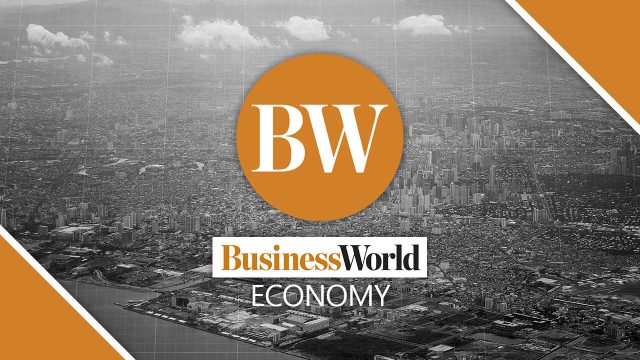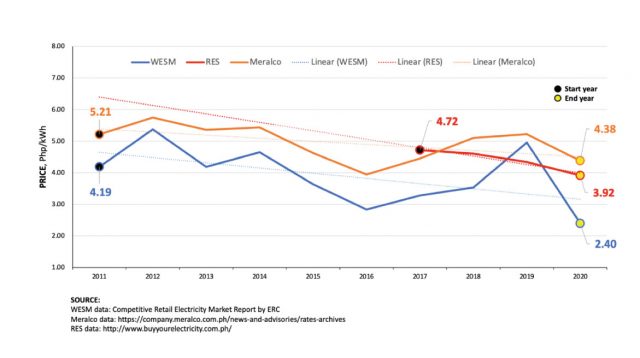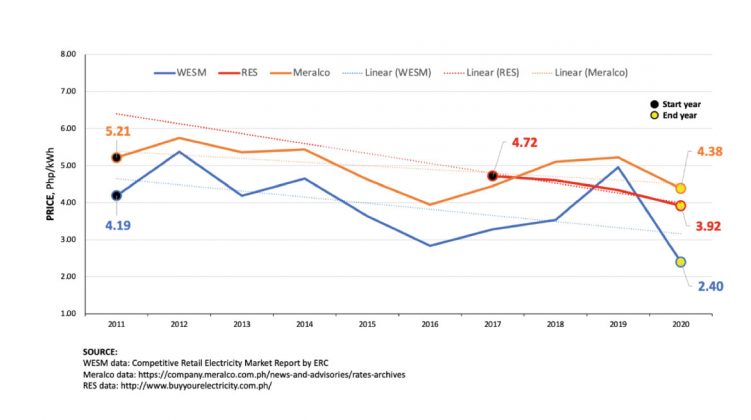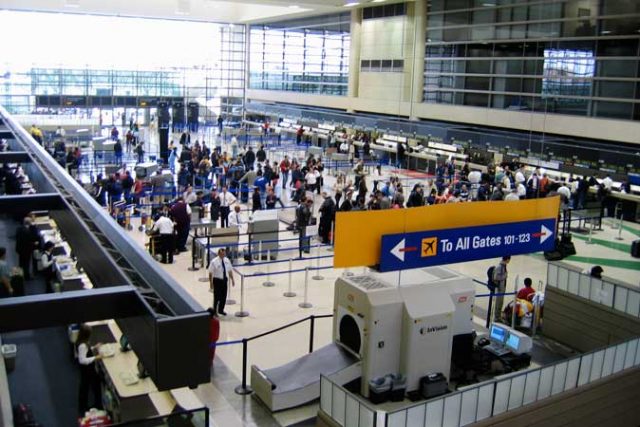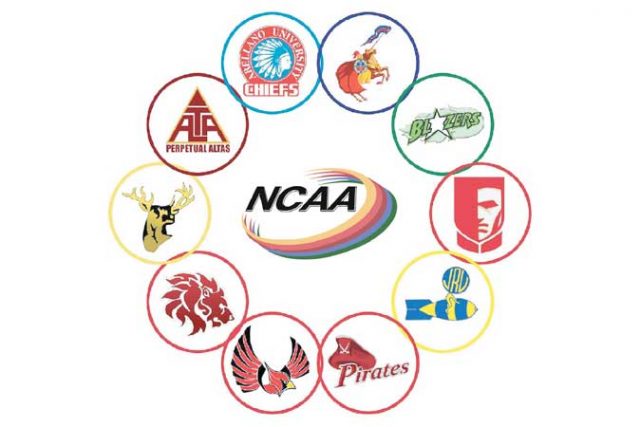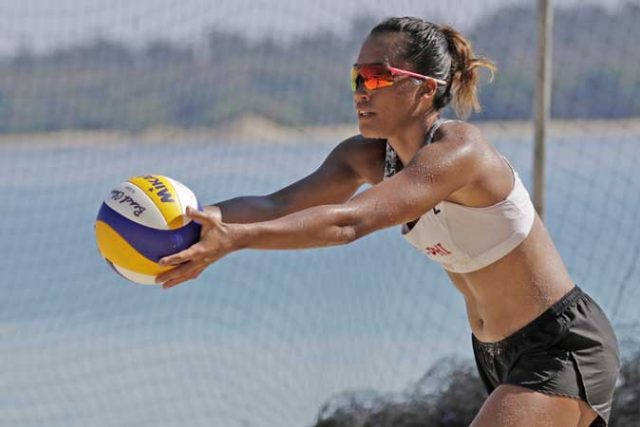Time for CEOs to redefine their growth paradigm
(First of two parts)
In the current business environment, we keep hearing the term “new normal” being used by business and government leaders to provide context to the sweeping changes that have disrupted the global business ecosystem due to COVID-19. The question is, how can CEOs today realign their businesses to thrive in this “new normal?”
Reimagining and redefining the company’s growth strategy has become a new imperative for CEOs. As discussed in a recent article on ey.com, The CEO Imperative: Rebound to more sustainable growth, CEOs need to accept that a post-COVID growth strategy simply cannot rely on previous assumptions and principles. In order to create long-term value as the global economy recovers, CEOs need to shift their business paradigms to both redefine their strategy as well as focus on new platforms that are anchored on a clear purpose-led vision.
WHAT’S CHANGED?
With the numerous restrictions implemented by governments to help manage the pandemic, businesses’ growth has been severely and negatively impacted. But even as we plan for and work towards a global recovery, companies recognize that the basics of their business have changed. Even more so, companies also understand that their stakeholders — their employees, investors, regulators and especially, their customers, have developed a different perspective on the role of companies. Market forces have also changed, with governments taking more active and interventionist positions in creating policies, stakeholders increasing their scrutiny on sustainability programs — notably on the environment, social and corporate governance, customer behavior changes, more competition to find or develop the right talent to drive post-pandemic recovery, and an increasing need to invest in technology to sustain business continuity.
With these changes, it becomes even more imperative that organizations revisit their purpose in order to meet changing expectations. For some companies who have not yet firmly established their organizational purpose, this may mean a complete reboot.
PURPOSE AS AN ECONOMIC IMPERATIVE
Beyond financials, companies are now seeing that being purpose-led can have significant benefits such as stronger people and customer engagement and fostering a culture of innovation in the organization. In terms of metrics, studies have shown that companies with a focus on ESG can better find ways to lower their cost of capital, as discussed in a 2020 MSCI report, as well as promote long-term engagement.
It is worthwhile to note that establishing a purpose is a continuous and long-term journey for most companies. It goes beyond simply creating a purpose statement; there is also a need to drive fundamental organizational change to lay a solid foundation for purpose-led transformation.
For example, the SGV Purpose to nurture leaders and enable businesses for a better Philippines has been deeply embedded into our culture, programs and long-term strategy focusing on internal people development as well as external programs and activities to support business development, with a long-term vision of participating in and supporting national socio-economic development.
DRIVING PURPOSEFUL, SUSTAINABLE GROWTH
To drive a truly purpose-led strategy, CEOs may wish to consider incorporating these considerations into their programs, with an overarching emphasis on keeping people at the center of every decision.
TRUST AS AN ASSET WITH AN EMPHASIS ON SUSTAINABILITY
While trust has always been critical in the business-customer relationship, the disruptions driven by the pandemic have created fundamental changes in this relationship. With more people being online and expecting faster, near real-time responses to their needs, building and sustaining trust becomes even more important. In a sense, trust has also become a form of intangible currency for many companies.
What is also significant is that many sectors see the COVID crisis as an opportunity for large companies to reinvent themselves, with a shift to purpose-driven metrics on people, customers, communities and the environment. In fact, a number of business leaders believe that the pandemic has increased the expectation on businesses to drive, measure and report on social impact, sustainability and inclusive growth.
At the core of this need to strengthen trust is the need for greater transparency. There is now a stronger need for corporate reporting to include non-financial metrics, especially since doubt in corporate reporting has grown in recent years.
In the Philippines, the Securities and Exchange Commission in 2019 had mandated that companies produce an annual sustainability report to promote wider adherence to the principles of corporate governance. The benefit to companies of this requirement is the ability to disclose to the wider public their non-financial assets — including culture, intellectual and technology assets — and how they are used to create long-term ESG value under a purpose lens and not just a matter of compliance.
In a nutshell, for CEOs to gain the trust of stakeholders, they may wish to integrate more in-depth non-financial or sustainability reporting into their strategy while paying attention to the changing needs of their stakeholders and being transparent in articulating their purpose-led strategy.
In the next part of this article, we will discuss the other areas for CEOs to consider as they explore how they can redefine their companies’ growth paradigms. These include trade, technology, and people.
This article is for general information only and is not a substitute for professional advice where the facts and circumstances warrant. The views and opinions expressed above are those of the author and do not necessarily represent the views of SGV & Co.
Marie Stephanie C. Tan-Hamed is a Strategy and Transactions Partner of SGV & Co.

